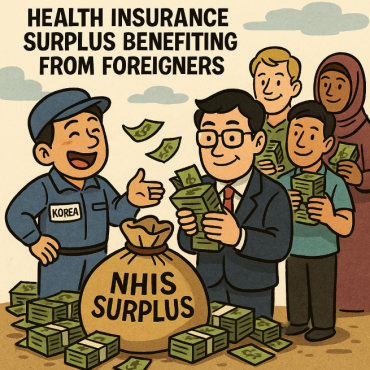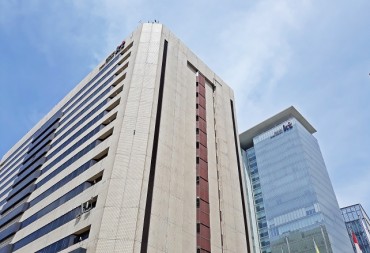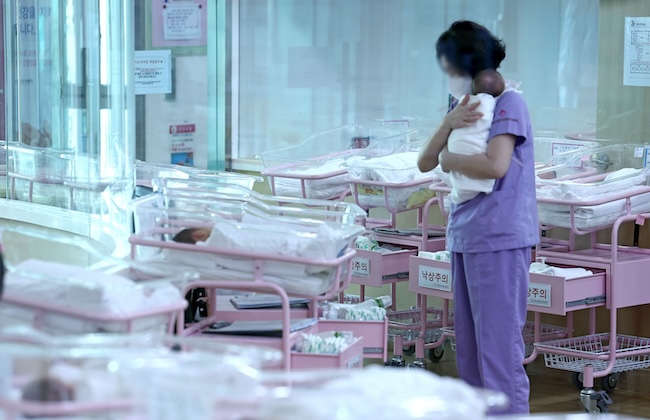
The birth rate has plummeted to an alarming 0.7, sparking fears of a national existential crisis. (Image courtesy of Yonhap)
SEOUL, Jan. 26 (Korea Bizwire) — In a stark illustration of South Korea’s deepening low birth rate crisis, a growing number of schools are closing their doors. The birth rate has plummeted to an alarming 0.7, sparking fears of a national existential crisis.
The situation has become so severe that even the sight of empty cribs in the neonatal units of Seoul’s public postnatal care centers, as captured in a photo from December 26, 2023, is a common one.
Local governments are pouring resources into various support measures to combat this crisis, and with a general election on the horizon, the political sphere is also offering bold policies to tackle this demographic challenge.
South Korea has consistently had the lowest birth rate among OECD countries since 2013. The total fertility rate, the average number of children a woman is expected to have in her lifetime, has been in freefall – from 0.98 in 2018 to 0.78 in 2022.
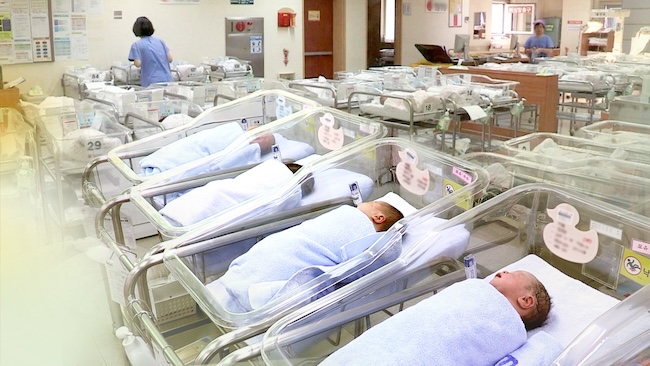
South Korea has consistently had the lowest birth rate among OECD countries since 2013. (Image courtesy of Yonhap)
This drastic decline has led to a situation where one in five elementary schools nationwide has fewer than 60 students, and their numbers are increasing.
In 2003, 610 out of 5,463 elementary schools had fewer than 60 students, accounting for 11.2% of all schools. By last year, this number had jumped to 1,424 out of 6,175 schools, or 23.1%.
The decline in school-age population is evident: in 2017, there were 357,771 births, before a drop to 302,676 births in 2019. Consequently, schools with no new students are also on the rise, with 2,138 schools, or 17.6% of all schools, experiencing this phenomenon last year.
In response, local governments have introduced cash incentives. For instance, North Jeolla Province is consolidating schools with fewer than 10 students, and Gyeonggi Province is set to close two elementary schools.
One prominent measure is an initiative in Yeongdong County, North Chungcheong Province, offering up to 124 million won to couples who marry, settle in the area, and have children.
Similarly, Geochang County in South Gyeongsang Province provides 110 million won per newborn. The city of Incheon offers a total of 100 million won until the child reaches 18 years, adding its own funds to the existing national and local subsidies.
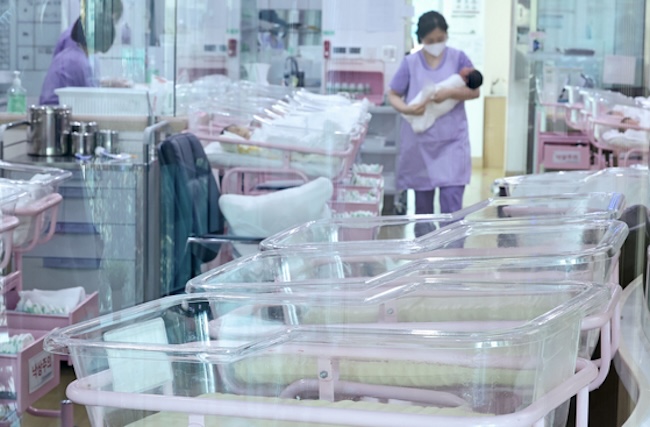
Schools with no new students are also on the rise, with 2,138 schools, or 17.6% of all schools. (Image courtesy of Yonhap)
Other regions are adopting novel approaches. South Jeolla Province’s Imsil County offers up to two years’ supply of diapers for every newborn family, and South Jeolla Province’s Hwasun County rents out apartments to young and newlywed couples for as little as 10,000 won per month.
Gangwon Province has expanded its child care allowance program to cover children up to five years old.
However, with the upcoming general election, political parties are also vying to present solutions. The People Power Party has pledged to make one month of paid paternity leave mandatory, increase the upper limit of childcare leave benefits, and introduce five days of paid child care leave per year for parents of children up to the third grade.
Meanwhile, the Democratic Party promises to universally guarantee maternity and childcare leave benefits, regardless of employment status, and offer loans of up to 100 million won to all newlyweds, with principal and interest reductions depending on the number of children born.
Despite these efforts, experts argue for a different approach. Choi Kang-shik, director of the Institute of East and West Studies at Yonsei University, suggests that direct cash support may not be the most effective solution.
He emphasizes that policies should focus on reducing the time and opportunity costs of childbearing and rearing for women, especially considering their rising education levels and wages.
Kim Hyuncheol, a professor at the Hong Kong University of Science and Technology, points to the labor market and education system, particularly the emphasis on attending top universities and medical schools, as a root cause of the low birth rate issue.
As South Korea faces this demographic crisis, the challenge is not only in finding immediate solutions but in addressing the underlying societal and economic factors that are driving this trend.
M. H. Lee (mhlee@koreabizwire.com)



